 |
|
|
|
| |
 |
|
To make your stay in Jeju more memorable and exciting, the Organizing Committee of ICCAS 2012 strongly recommends you to join these attractive tour programs.
|

 |
|
For more detailed information related to tours, please contact the official travel agency for ICCAS2012, HanatourJeju Co., Inc.
HanatourJeju Co., Inc.
Tel: +82-70-8650-2538 Fax: +82-64-713-9559 , E-mail: myvision@hanatour.com
|
| Date |
Classification |
Itinerary |
Rate |
20th OCT
(Sat) |
Half-day Tour
[ T-1 ] |
Mt. Songak - Dragon Head Shore |
₩52,000 |
Full-day Tour
[ T-2 ] |
Jeju Folk Village Museum - Seongsan Sunrise Peak -
(Lunch) - Manjanggul Lava Tube |
₩74,000 |
※ Tours available from min. 10 persons. Above price could be lower up to 20 participants applying.
|
|
 [Half-day Tour] |
|
Code : T-1
Time : 4hrs / 09:00-13:00
Course : Mt. Songak - Dragon Head Shore
Price : ₩52,000 |
|
| Venue(Time) |
Description |
Image |
Hotel
(09:00)
|
Meeting in front of the Lotte Hotel Entrance
|
|
Mt. Songak
(09:30~10:20) |
Mt. Songak is a simple volcano on Jeju Island which has double craters and a parasitic volcano. Crater 1 is about 500 m in diameter, 1.7 km in circumference. Crater 2, the mouth of the volcano in Crater 1, is about 400 m in diameter, 69 m in depth and leans vertically. |
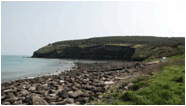 |
Dragon Head Shore
(10:30~11:30) |
Dragon Head Shore, situated at the bottom of Mount Sanbang, was named so because it resembles a dragon jumping into the ocean with its head high. As the area was formed out of underwater volcanic explosions, there are a number of great sights such as Haesikgul (a cave formed from marine erosion), and Dolgae (lithoid crab) holes. |
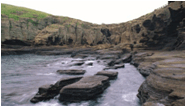 |
Hotel
(12:00) |
Stop over at the Lotte Hotel |
|
Airport
(13:00) |
Stop at the Airport |
|
※ Included : Transportation, English Speaking Tour guide, Tip, Entrance fee
※ Pax : Min. 10 persons
※ Above itinerary subject to change due to the local circumstance
※ The meeting place could be changed with prior notice.
|
|
 [Full-day Tour] [Full-day Tour] |
|
Code : T-2
Time : 7.5hrs / 08:30-16:00
Course : Jeju Folk Village Museum → Seongsan Sunrise Peak → [Lunch] → Manjanggul Lava Tube
Price : ₩74,000 |
|
| Venue(Time) |
Description |
Image |
Hotel
(08:30)
|
Meeting in front of the Lotte Hotel Entrance
|
|
Jeju Folk Village Museum
(09:30~10:30) |
Opened in 1964, Jeju Folk Village Museum is the island’s main tourist attraction where customs of the old days can be explored. About 3,000 pieces of rare folk artifacts are on display here |
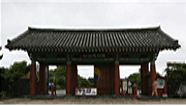 |
Seongsan Sunrise Peak
(11:00~12:00) |
Seongsan Ilchulbong Peak rose from under the sea in a volcanic eruption over 100,000 years ago. There is a huge crater at the top of Seongsan Ilchulbong Peak. The crater is about 600m in diameter and 90m high. With the 99 sharp rocks surrounding the crater, it looks like a gigantic crown. |
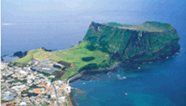 |
Manjanggul Lava Tube
(13:30~14:20) |
The Manjanggul Lava Tube is located in Gimnyeong-ri, Gujwaeup, Jeju City and is 23 m in breadth and 30 m in height. As the lava tube stretches for as far as an approximate 7,400 m, its length ranks amongst the top 15 in the world. It is also the largest lava tube in Jeju island. It is regarded as having significant scientific and heritage value, owing to its excellent condition of preservation despite its age of formation
|
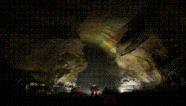 |
Airport
(15:00) |
Stop over at the Airport |
|
Hotel
(16:00) |
Stop at the Lotte Hotel |
|
※ Included : Transportation, English Speaking Tour guide, Tip, Entrance fee, Lunch
※ Pax : Min. 10 persons
※ Above itinerary subject to change due to the local circumstance
※ The meeting place could be changed with prior notice.
|
|

|
General Information------------------------------
|

1. Olle Trekking
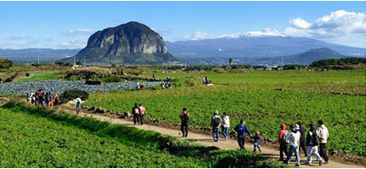 |
Olle, a Jeju dialect meaning "narrow paths," is like an oasis for many who wish to get away from the bustle of city life. In Jeju's Olle courses, trekkers can walk on unpaved paths and even face rocky roads near cliffs. There are a total of 18 trekking courses along the seashore and the inland regions on Jeju Island.
Walking along the path near the southern coast is another opportunity you must not miss. |
This path will enable you to witness the simple lifestyles of the people of Jeju and see wild animals up close.
For more information, please visit the website below. http://www.jejuolle.org:8080/eng/ |
2. Temple stay in Jeju Yakchunsa
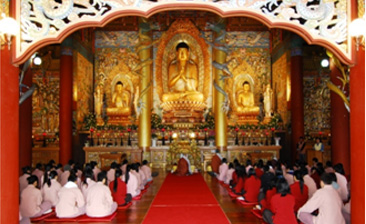 |
A Temple Stay is a cultural-experience program designed to help people understand Korean Buddhism better. Temple stays offer various kinds of practicing methods such as Yebul (ceremonial service involving chanting), Chamseon (Zen meditation), Dahdoh (tea ceremony) and Balwoo Gongyang (communal Buddhist meal service).
Yakcheonsa Temple was built in the Buddhist style of early Joseon dynasty in the height of 30 meters (same as a 10 story building) and the size of 3,305 square meters boasting to be the largest main prayer hall in Asia. |
3. UNESCO World Natural Heritage Exploration
The volcanic island of Jeju-do has an outstandingly beautiful natural environment that is significant for its geological features and ecological value. In 2007, Jeju-do Island was listed as a UNESCO Natural Heritage Site under the name of "Jeju Volcanic Island and Lava Tubes". This includes Mount Hallasan Natural Reserve, the Geomunoreum Lava Tube System and Seongsan Ilchulbong Peak.
For more information, please visit http://www.hijeju.or.kr/english/main.html.


List Jeju Stone Park
http://jejustonepark.com/eng/
1. Cheonjeyeon Waterfalls
Cheonjeyeon Waterfalls, named 'The pond of God', consists of 3 parts. Around the falls, there are rare plants. There is a cave in the east and from the ceiling cold water pours down creating the waterfall. The water from the first waterfall becomes the second and third waterfalls and flows into the sea.
It is located within a walking distance from the conference venue, ICC Jeju.
For more information, please click the website below. http://english.tour2jeju.net/main/list.php?menu_id=12
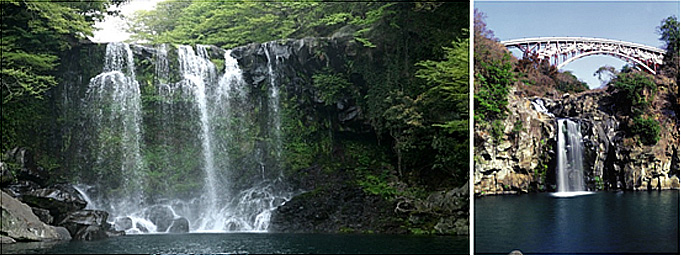
2. Jeju National Museum
Jeju National Museum is a historical museum that displays, preserves and studies Jeju Island's historical and cultural assets.
Jeju National Museum houses various remains excavated from ruins, including meaningful relics from the prehistoric age through to the Joseon Dynasty. It boasts unique traditional culture and holds special exhibitions each year.
For more information, please visit the website below. http://jeju.museum.go.kr/en/contents/main.php

3. Jeju Folk Village Museum
With a total of 117 houses and facilities, Jeju Folk Village Museum has restored the scenes of the village to that of the 1890's. Among them are Mountain Village, Hill-Country Village, Fishing Village and Shamanism Village. On land of more than 40 acres it has been reconstructed following long-term research and analysis of experts.
The Jeju Folk Village Museum is the island's main tourist attraction where customs of the old days can be explored.
For more information, please click the website below. http://eng.jejufolk.com/html/index.aspx
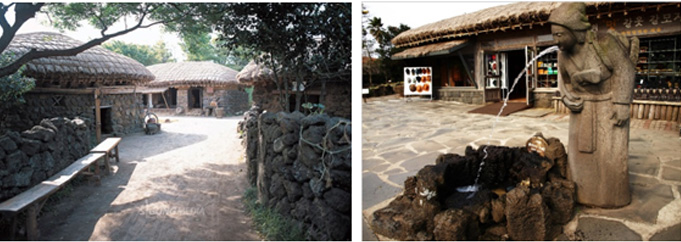

1. Golf
There are about 30 golf courses on the island. There is one right there at Joongmun Resort Complex (Joongmun Golf Club). Some of the Golf Courses near the convention center and Seogwipo City are listed below.
Nine Bridges Golf Club |
Jeju Country Club |
Ellisian Country Club |
Raon Golf Club |
Joongmun Beach Golf Club |
Ora Country Club |
Lake Hills Jeju Country Club |
Castlerex Jeju Golf Club |
Shinan Aberrys Golf Clu |
Roadland Golf Club |
Crown Country Club |
Lareine Golf Club |
Blackstone Golf Club |
Pinx Golf Club |
Cypress Golf Club |
Sky Hill Jeju Country Club |
Haevichi Country Club |
Zephyrus Golf Club |
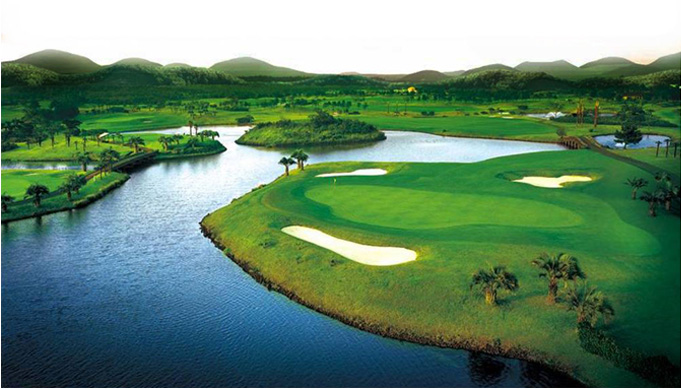
2. Horse riding
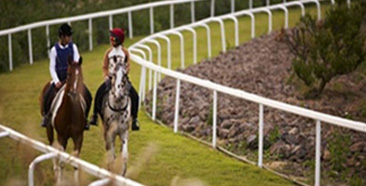 |
Jeju Island is an ideal place for raising horses. Throughout the year, there is little change in the temperature and rainfall. This creates a more favorable condition for grasslands than on the mainland and feed crops can be grown even in winter. Throughout the island, you can easily find places that offer horse riding.
With the help of a horse trainer, novices can take the beginner lesson of trotting inside a designated area. |
3. Other activities in Jeju
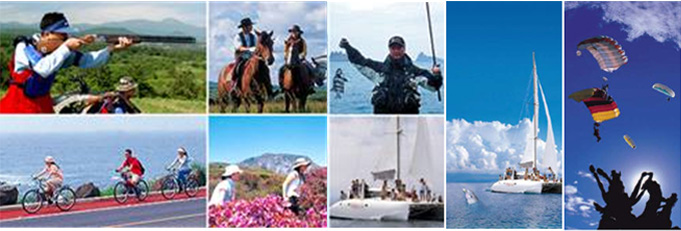 |
|
| |
|
|
|
|
